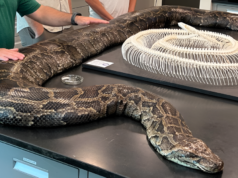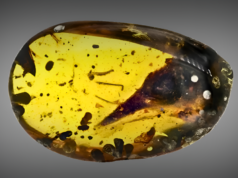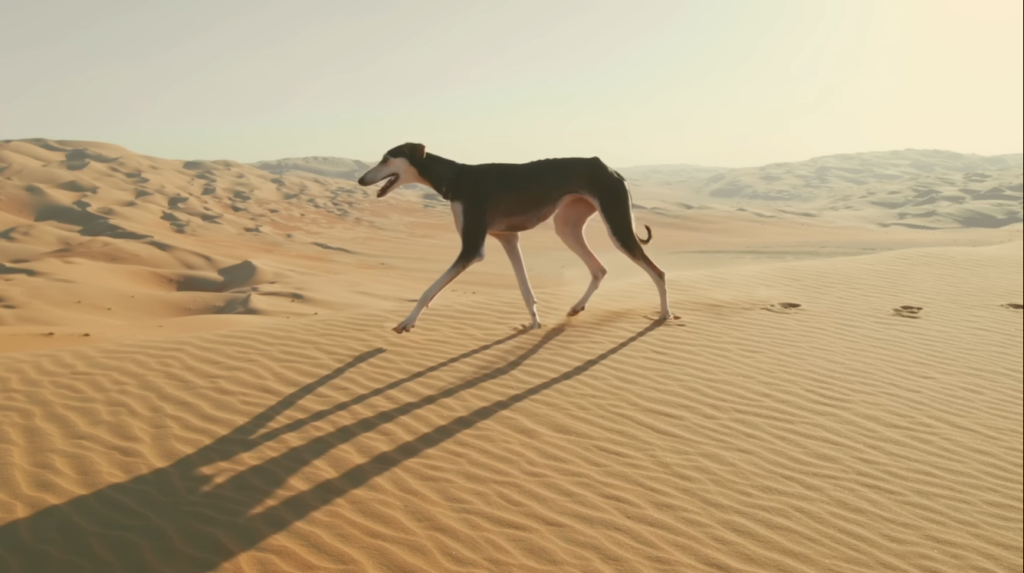
In the arid deserts and rugged mountains of the Arabian Peninsula, a unique collection of dog breeds has evolved, characterized by their resilience, agility, and loyalty. These breeds have been indispensable companions to the Bedouins and other communities, aiding in hunting, guarding, and herding for centuries. As modern interest in these breeds grows, their history and characteristics continue to fascinate dog enthusiasts worldwide.
The Saluki, known as the “Royal Dog of Egypt,” is one of the oldest dog breeds, dating back to ancient Mesopotamia. With a lean, graceful build, Salukis are exceptional runners, capable of reaching speeds up to 42 miles per hour. Their endurance makes them ideal for hunting gazelle and other desert game. Salukis possess a calm and gentle temperament, making them cherished pets in many households today.
Arabian Greyhound: The Agile Hunter
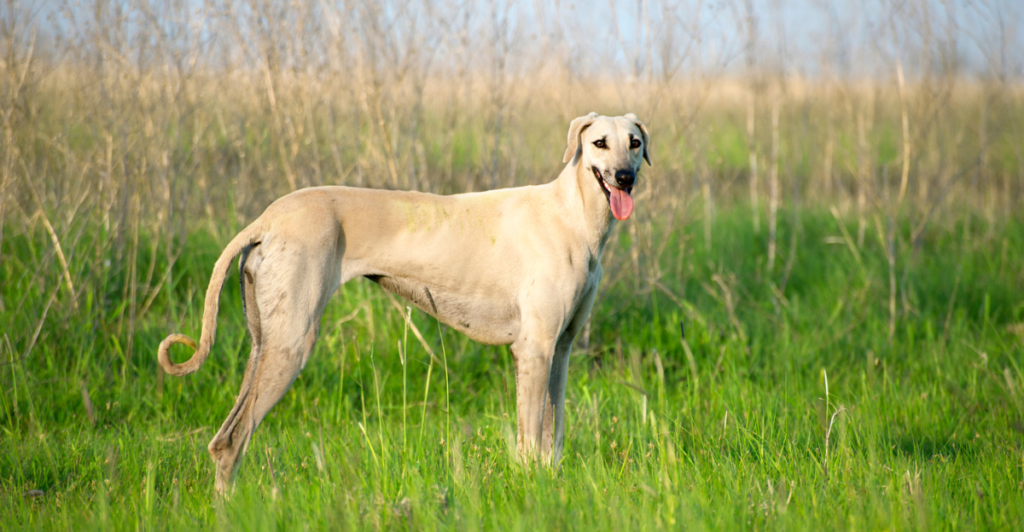
Also known as the Sloughi, the Arabian Greyhound is prized for its agility and speed. Originating in North Africa, this breed is closely related to the Saluki. With a short, smooth coat that protects against the harsh desert climate, Arabian Greyhounds excel in long-distance pursuits. Their reserved nature with strangers contrasts with their deep affection for their families.
Canaan Dog: The Versatile Guard

The Canaan Dog, Israel’s national breed, has roots that trace back to biblical times. These dogs served as sentinels for nomadic tribes, offering protection against intruders. Their double coat provides insulation against both heat and cold, while their intelligence and trainability make them adept at various tasks, from herding to search and rescue.
Azawakh: The Elegant Guardian
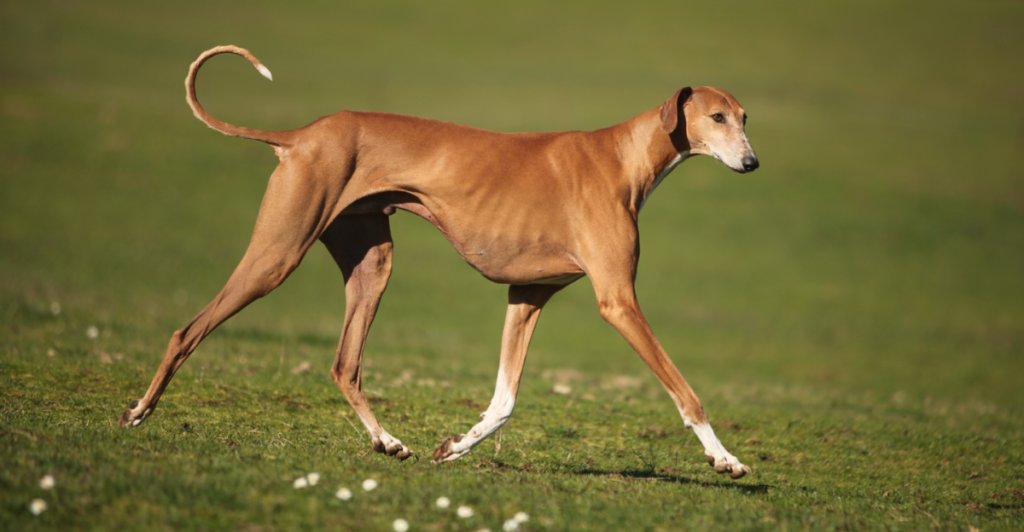
Hailing from the Sahel region of Africa, the Azawakh is a slender, yet muscular breed known for its elegance and aloof demeanor. These dogs have served as guardians and hunters for the Tuareg nomads. Their high prey drive and independence require an experienced owner, but their loyalty and protective instincts are unparalleled.
Afghan Hound: The Aristocratic Companion

The Afghan Hound, with its luxurious flowing coat, is often associated with elegance and nobility. While its origins are debated, some evidence suggests ties to ancient Arabia. Afghan Hounds were historically used to hunt large game across challenging terrains. Their independent and sometimes aloof nature adds to their mystique, but they form strong bonds with those they trust.
Alaskan Malamute: The Arctic Traveler
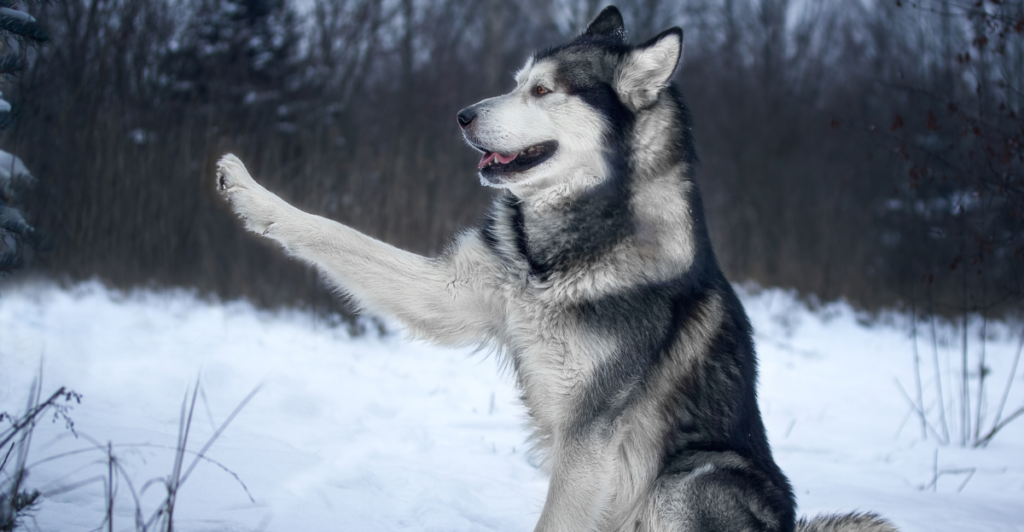
While not native to Arabia, the Alaskan Malamute has found a surprising niche in some Middle Eastern countries, particularly in colder regions. Known for their strength and endurance, these dogs are used for sledding and heavy work. Their thick double coat protects them from extreme temperatures, making them adaptable to various climates.
Barak Hound: The Desert Survivor
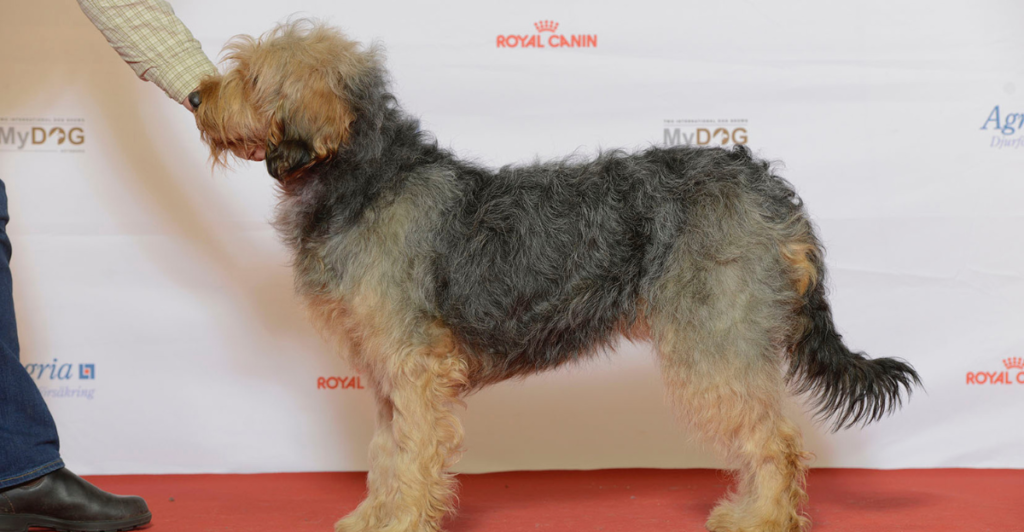
The Barak Hound, a lesser-known breed, thrives in the deserts of the Arabian Peninsula. Known for its stamina and hunting prowess, this breed is adept at tracking and capturing prey in harsh conditions. Its wiry coat and keen senses make it a formidable hunter and a loyal companion.
Baladi Dog: The Street Wise Canine
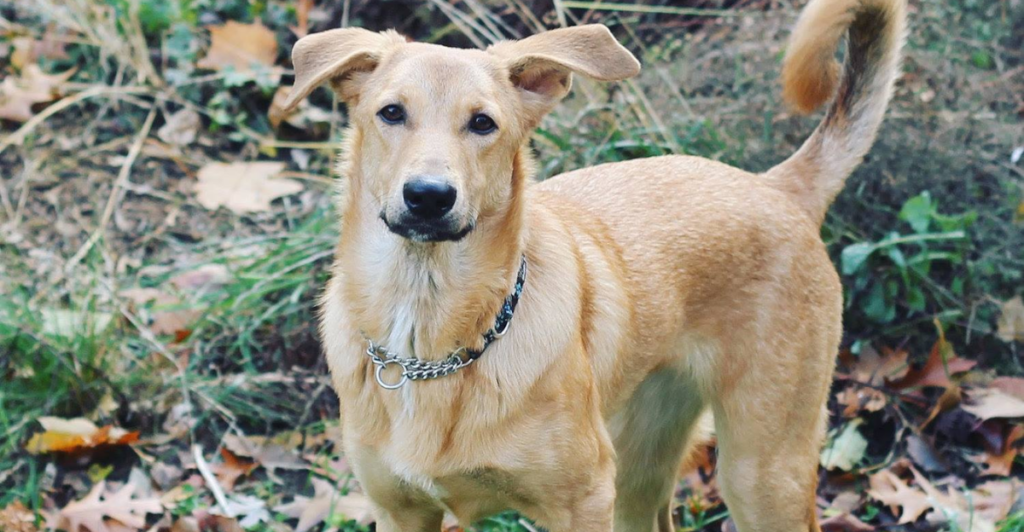
The Baladi Dog, or “village dog,” is a common sight in Egypt and surrounding regions. These dogs are often semi-feral, surviving on the streets or outskirts of villages. Despite their lack of formal breeding, Baladi Dogs are known for their intelligence, resilience, and adaptability. They make loyal pets when given the chance to bond with humans.
Ibizan Hound: The Agile Jumper
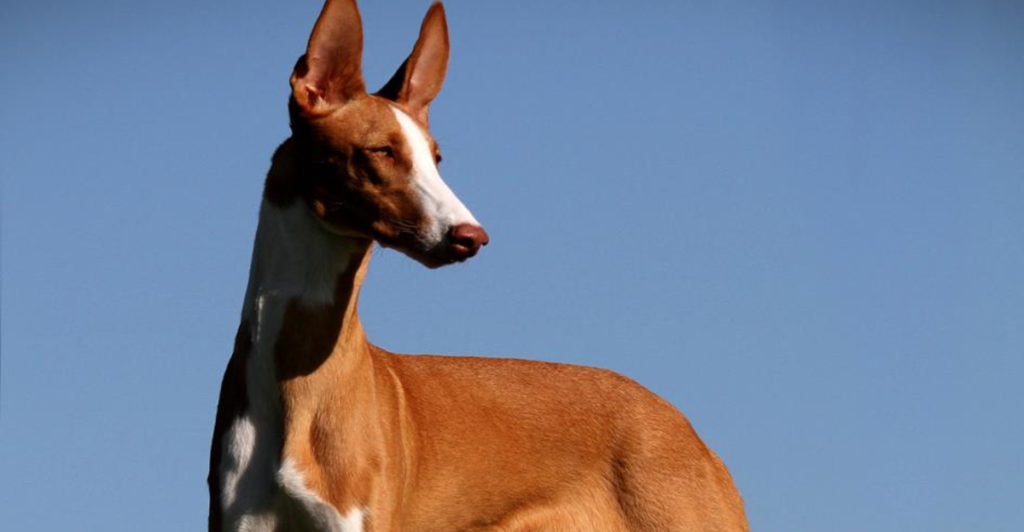
While the Ibizan Hound originates from the Balearic Islands, its lineage suggests ancient ties to Egypt and North Africa. Known for its incredible jumping ability and speed, this breed is used in hunting rabbits and other small game. Their friendly and playful nature makes them excellent family pets, though their hunting instincts remain strong.
Basenji: The Barkless Wonder
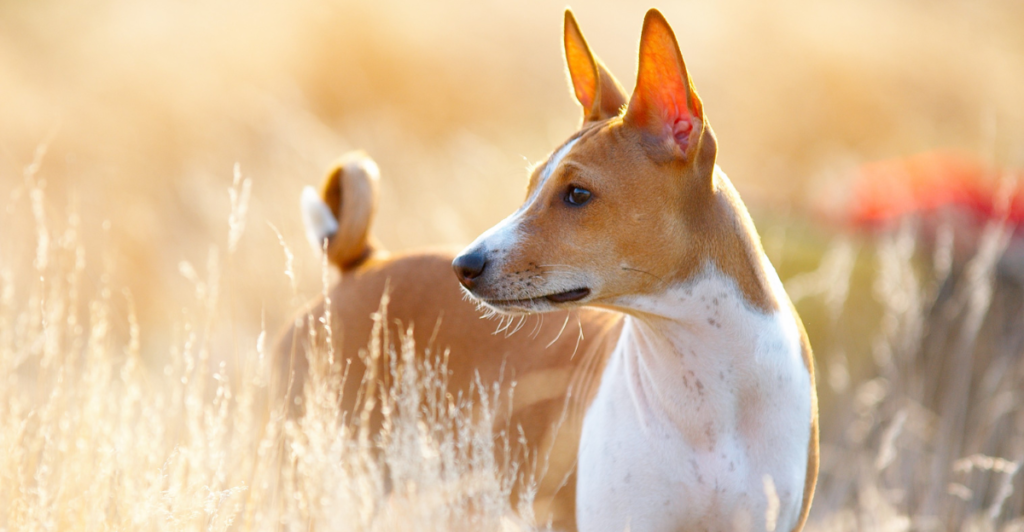
The Basenji, with its origins in Central Africa, has become a favorite in various parts of the Arabian Peninsula. Known for its unique yodel-like sound, as it rarely barks, this breed is highly intelligent and independent. Basenjis are adept hunters and have a strong prey drive, requiring consistent training and socialization.
Pharaoh Hound: The Regal Hunter
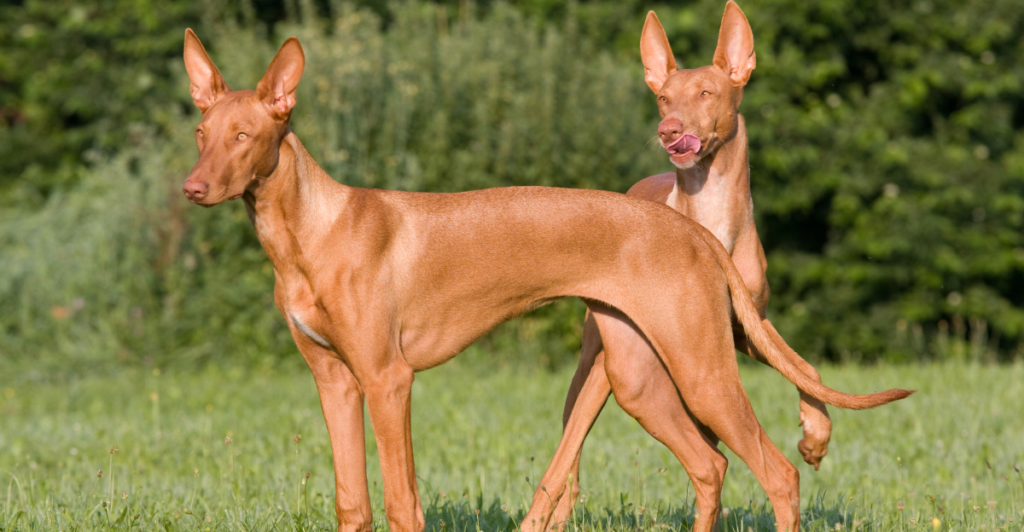
The Pharaoh Hound, with its sleek, amber coat and elegant build, is believed to have originated in ancient Egypt. This breed is known for its keen hunting skills and affectionate nature. Pharaoh Hounds have a distinctive trait of “blushing” when excited, adding to their charming and regal demeanor.
Chippiparai: The Royal Guard
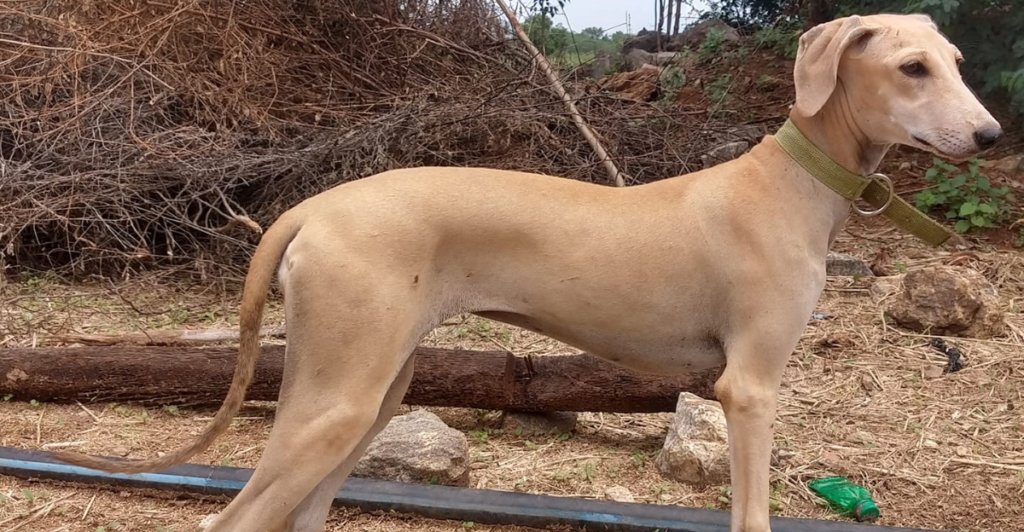
Originating from the southern part of India, the Chippiparai has a historical connection to Arabian traders and is known for its regal bearing and loyalty. These dogs were used to guard royal households and hunt wild boar and deer. Their short coat and lean build make them well-suited for hot climates, reflecting their desert heritage.
The Future of Arabic Dog Breeds
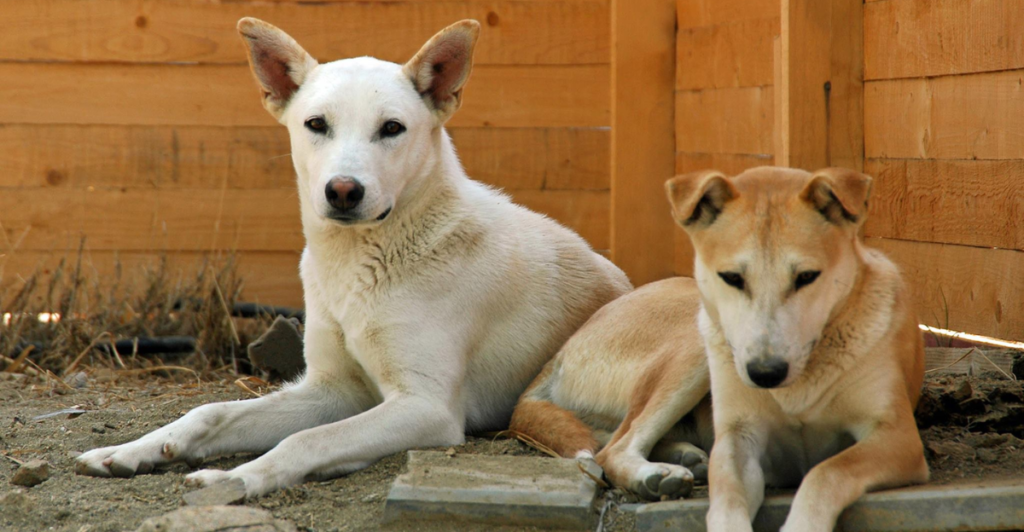
As globalization increases, many of these breeds face the threat of dilution or extinction due to crossbreeding and changing lifestyles. Conservation efforts by breed enthusiasts and organizations aim to preserve their unique characteristics and heritage. Understanding and appreciating the resilience and history of these breeds is crucial for their survival in the modern world.
Arabic dog breeds represent a rich tapestry of history, culture, and survival in some of the world’s most challenging environments. Their loyalty, endurance, and versatility have earned them a revered place in the hearts of many. As these breeds continue to thrive, they remain a living testament to the resilience and ingenuity of the cultures that nurtured them.
Stay connected with us for more stories like this! Follow us to get the latest updates or hit the Follow button at the top of this article, and let us know what you think by leaving your feedback below. We’d love to hear from you!


